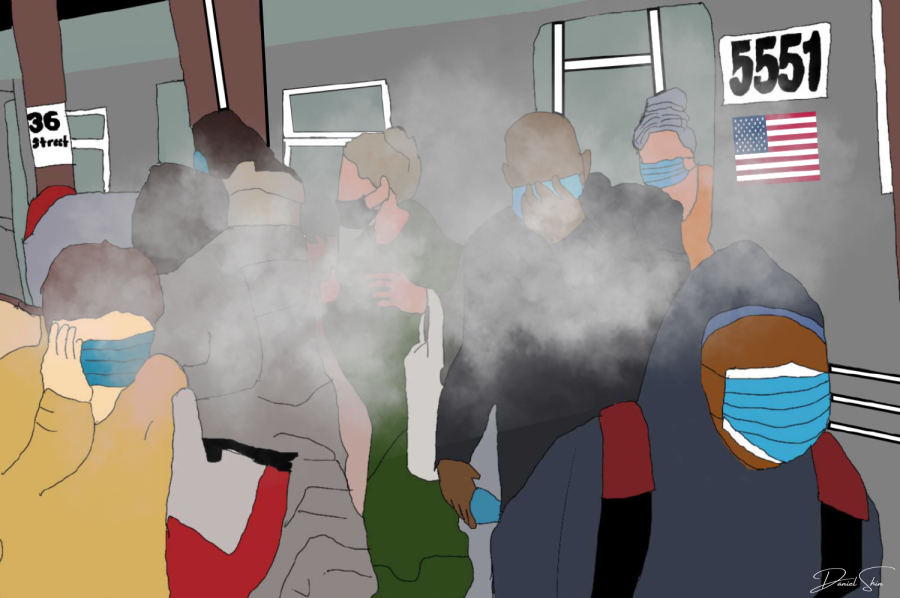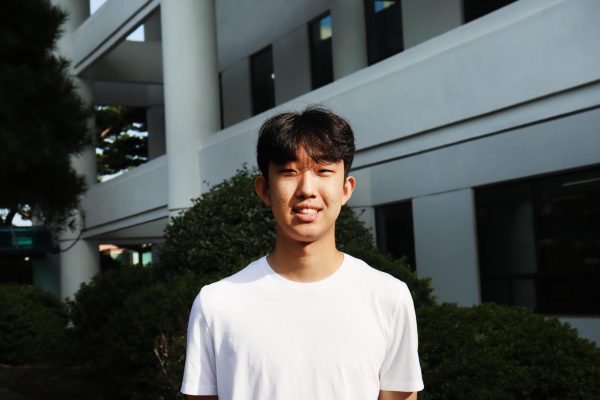Brooklyn subway shooting: How it all unfolded
Apr 28, 2022
What began as a normal early-morning commute on the New York City metro turned into a near-death experience for everyone on board when Frank R. James, 62, opened fire on a moving subway near 36th Street on April 12, injuring 29 people and leaving over 30 commuters trapped in the N Train. Remarkably, no one was killed.
Thousands of New Yorkers, including several SIS alumni, were left shaken and looking for answers behind the suspect’s motive for the brazen crime.
“I took the shooting very personally because of the location at which the event happened,” Brian Bok, SIS alumnus residing in New York, said. “My friend specifically called me because he knew that I lived a block away from the subway station where the shooting occurred. I had plans to take the N Train to go to Brooklyn that day early in the morning, which was when the shooting happened. So for me, I processed the events much differently than many others.”
In a matter of minutes, James fired 33 times, missing many of his shots but striking 10 people. Police say the shooting could have resulted in far more destruction had James’ gun not jammed. During the incident, the suspect was carrying three fully-loaded extended magazines, a pile of fireworks, and several smoke canisters that he had detonated in the N Train before releasing a barrage of gunfire.
News of the incident, which was one of New York’s worst shootings in decades, spread like wildfire, alarming many residents in the city.
“I woke up in my bedroom in Manhattan and discovered the news on social media,” Steve Yi, SIS alumnus and New York University freshman, said. “My initial reaction was just pure horror, and I remained scared because the headlines initially did not make it clear which specific region in New York it happened.”
The gunman had still been at large after the subway shooting, leading police to embark on a state-wide manhunt. After reviewing hours of surveillance footage and scouring through online platforms looking for any clues on the gunman’s whereabouts, police found and detained James near Manhattan’s East Village neighborhood after receiving a tip. Following his capture, James was charged with committing an act of terrorism on a mass transit system, a Class A felony that carries a maximum sentence of life in prison.
While the shooting has left New Yorkers in fear, many of the five million people who regularly commute on the subway have been left with no other choice but to continue taking the train.
“There was some level of hesitation when I used the subway only two days after the shootings happened,” Brian said. “But I also know that the subways were going to be the safest right after an incident like this occurred since police presence was going to be at its highest. Also, I did not have much of a choice. When I first came to NYC, I exclusively used Uber, and I was racking up close to $600 in taxi fees weekly, which is not sustainable. For a lot of people including me, the public transportation system is the only viable mode of transit.”
Police presence at subway stations has risen since the shooting to mitigate further attacks on citizens while keeping commuters feeling safe. With many SIS students planning to attend college in New York City, the subway shooting has forced many to remain wary amid rising crime rates.
“I am extremely concerned about attending college in New York City since many of the violent incidents, including the most recent shooting at the Brooklyn subway station, happened out of the blue,” Christine Yu (12), graduating senior bound to attend New York University, said. “This incident has informed me to be more cautious of my surroundings regardless of the time of the day or the place I am at. I am not planning to go outside alone, especially at night, or stand close to the edge of a platform at a subway station.”







